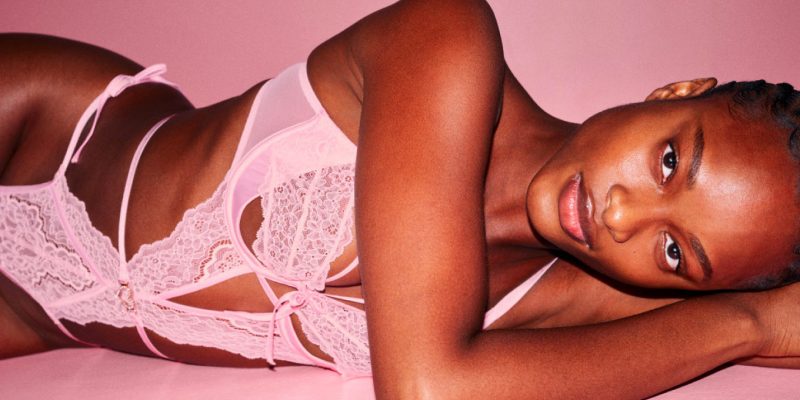Fashion
These Indigenous Fashion Designers Are Ready to Show and Tell
A new fashion program brings Canadian Indigenous designers to the world stage.
by : Truc Nguyen- Mar 10th, 2023
Alex Waber (SECTION 35)
White Milano, a biannual ready-to-wear and accessories trade show in Italy, draws more than 30,000 visitors a year, including buyers from leading global retailers like Galeries Lafayette, Selfridges and Lane Crawford. Over 400 brands—ranging from emerging start-ups to established fashion houses—are expected to exhibit at the latest edition of the concept trade show, which is taking place this February in Milan’s Tortona design district. This year, among the international brands, you’ll also find the work of Indigenous Canadian designers, like Lesley Hampton and Evan Ducharme—two of the seven designers (and brands) who make up the inaugural cohort of the new IFA Trade Program developed by Indigenous Fashion Arts (IFA), a Toronto-based non-profit arts organization.
A three-year partnership between IFA and White Milano, the program will bring groups of Indigenous Canadian designers to the sustainability-focused trade show each season during Milan Fashion Week—at no cost to the designers. Supported by the Department of Canadian Heritage, the Canadian embassy in Italy and the Canada Council for the Arts, the IFA Trade Program aims to increase the visibility of Indigenous Canadian designers and artists and connect participants to influential audiences and retailers from around the world.
“Fashion shows are, in the mainstream sense, very expensive to do,” says Sage Paul, co-founder and executive and artistic director of IFA. “They’re commercial marketing endeavours that the designers take on.” In contrast, she notes, a trade show “gives the designers direct access to buyers…who will hopefully be able to put the designers’ work in their retail shops. That is something that’s very important to us.”
Sage Paul
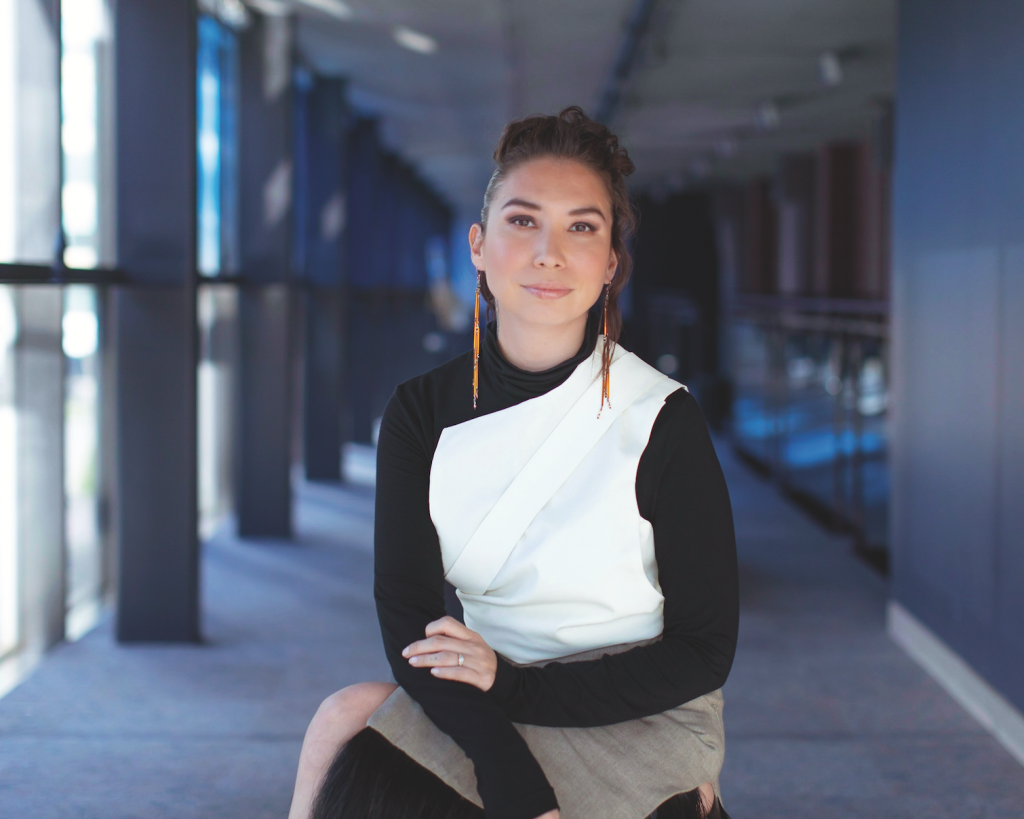 Courtesy of Sage Paul
Courtesy of Sage PaulAn urban Denesuliné tskwe and member of English River First Nation, Paul launched what was then known as Indigenous Fashion Week Toronto (IFWTO) in 2018 with co-founders Kerry Swanson and Heather Haynes. “I had been working with a group of fellow artists and designers in the city, and we started a collective that was more [focused on] the creation of work,” says Paul. “I had gone to fashion school and really wanted to see my work presented on a stage…[and] see it recognized in an artistic context as opposed to a purely commercial [one].” The fashion week was a success, and in 2022, IFWTO incorporated as a non-profit and rebranded with a new name, Indigenous Fashion Arts, in part to reflect the organization’s growing work and initiatives outside of the successful flagship event. “We’ve done a collaboration with Simons, and we’ve done a couple of values-based entrepreneurship programs,” says Paul.
The partnership with White Milano came about through an IFA board member’s connection at the Canadian embassy; this mutual contact introduced the two like-minded organizations.
“Typically, I’m a little wary of mainstream trade shows and marketplaces, simply because a lot of the time, the focus is on more commercially driven items, fast fashion, trends and this type of thing,” says Paul. “But White Milano is actually focused on craftsmanship, creativity and the expression behind the work, and that really aligns with our values—we want to celebrate the cultural expressions and traditional knowledge of our communities.”
Robyn Mcleod
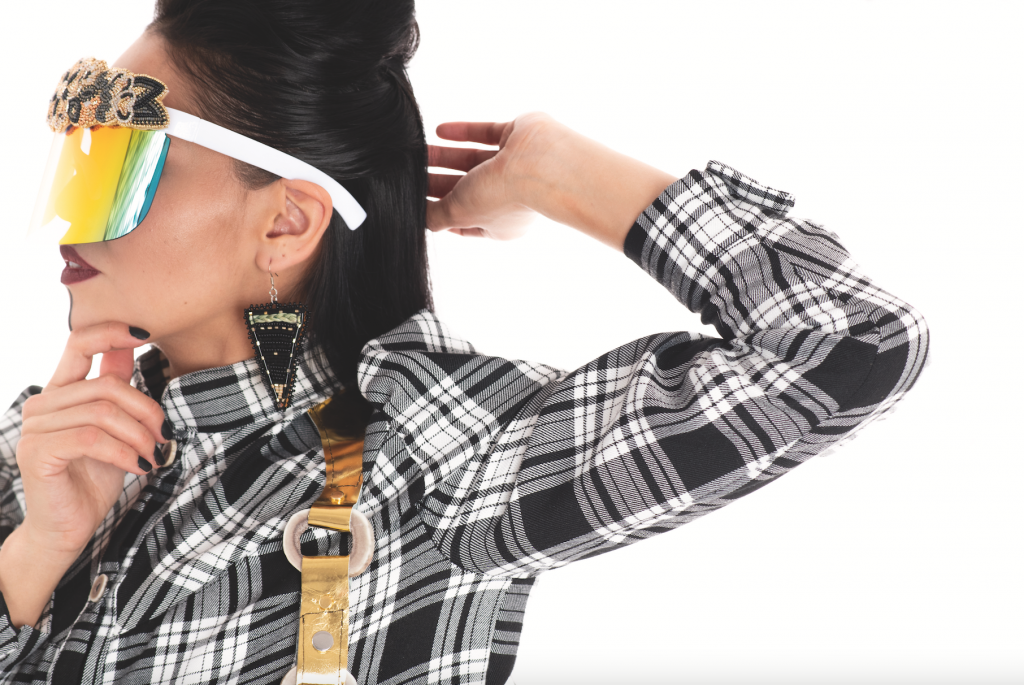 Cathie Archbould
Cathie ArchbouldPaul sees White Milano as a marketplace where participating designers’ works—some of which are one of a kind or “pieces that you might see in an art gallery”—can be sold. “[This is] because it’s specifically [centred on] items that are of a higher quality, that are luxury, that are more couture,” says Paul. The inaugural cohort of the IFA Trade Program—Ducharme, Hampton, Niio Perkins Designs, Robyn McLeod, Section 35, She Was a Free Spirit and Victoria’s Arctic Fashion—was carefully selected by IFA to include market-ready brands that also represent the diversity of Indigenous people in Canada. “We want to make sure that First Nations, Inuit and Métis communities are represented [and that] we’re showing diversity from across the country: people who are in urban settings, people who are rural, people who are on reserves,” says Paul.
Niio Perkins Designs
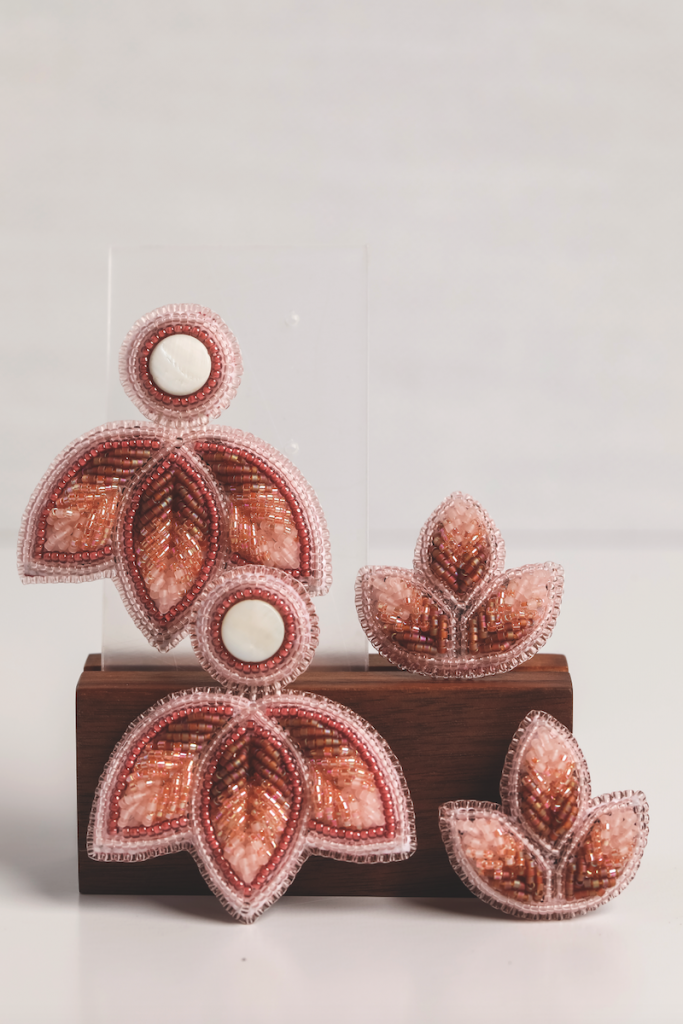 Artsy Lens
Artsy LensBeyond potential sales, the luxury trade show offers a unique opportunity for IFA staff and designers to talk directly to fashion buyers and industry insiders about topics like appropriation and how to work with Indigenous designers. “It’s very important to open up this market development for any business or arts entrepreneur if [we] want to sustain [ourselves] in today’s world,” says Paul. Through the process, program participants are also able to learn more about import and export laws and B2B protocols, meet with potential Italian suppliers and receive mentorship and, potentially, media coverage for their collections. “The work that we’re doing is about creating opportunities,” says Paul. “[It’s about] programming that supports Indigenous designers and traditional practices in fashion.”
Read more:
5 Indigenous Fashion Designers You Need to Know
These Indigenous Fashion Designers Should Be On Your Radar
How These Indigenous Women Are Reclaiming Their Culture
Newsletter
Join our mailing list for the latest and biggest in fashion trends, beauty, culture and celebrity.
Read Next
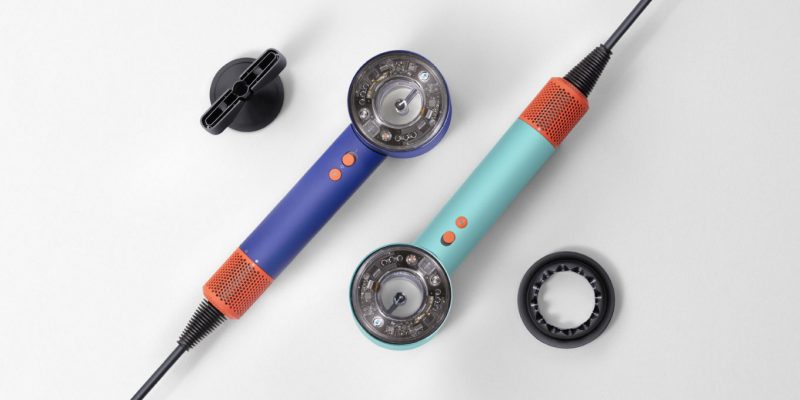
Beauty
Dyson Just Launched Its Most Intelligent Hair Dryer Yet
Get ready to upgrade your blowout game.
by : Lauren Knowles- Apr 25th, 2024

Fashion
Meredith Shaw Created a Plus-Size Summer Dress Collection That "Feels Like Candy"
The morning show host joined forces with PENN. to create a curated collection for sizes 14-32.
by : Allie Turner- Apr 25th, 2024
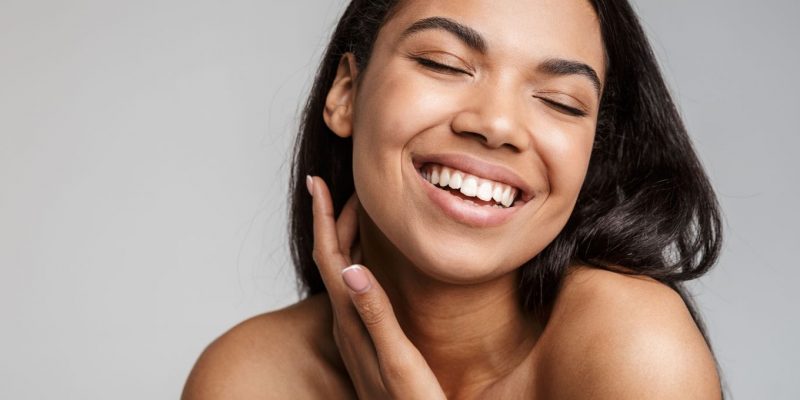
Beauty
ELLE Tried It: Five Serums to Up Your Skincare Game
Members of the ELLE team tested Avène Dermatological Laboratories’ five new concentrated serums. Here's what they thought.
by : ELLE Canada- Apr 25th, 2024




